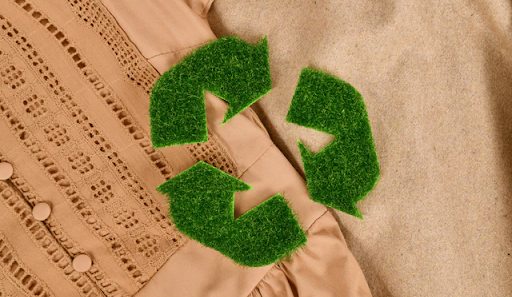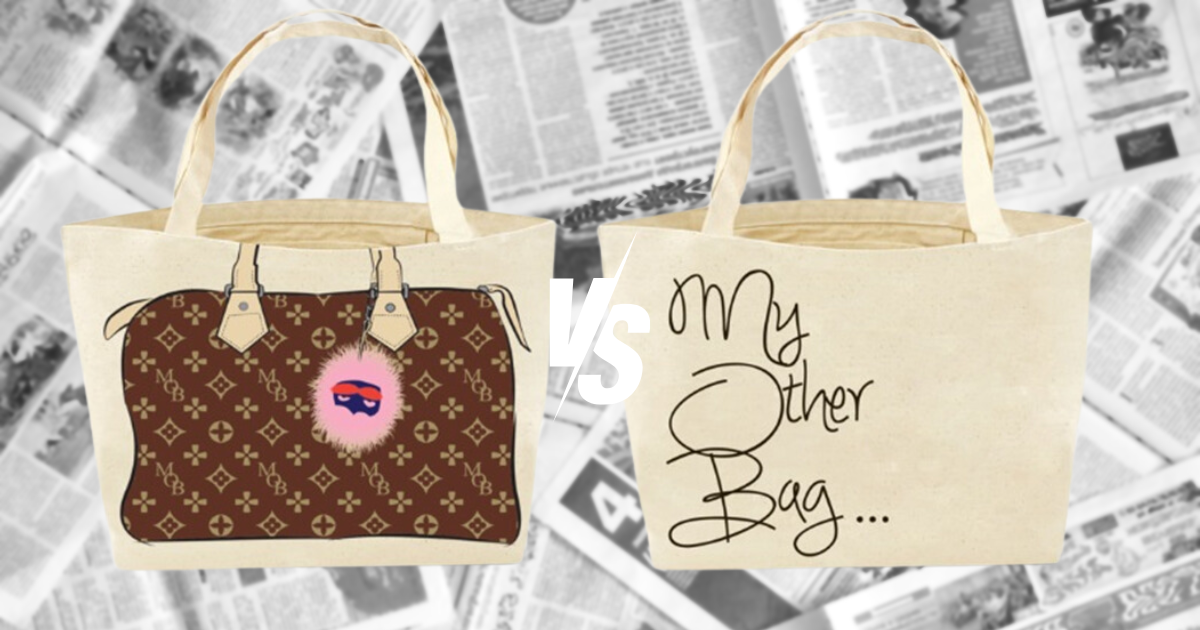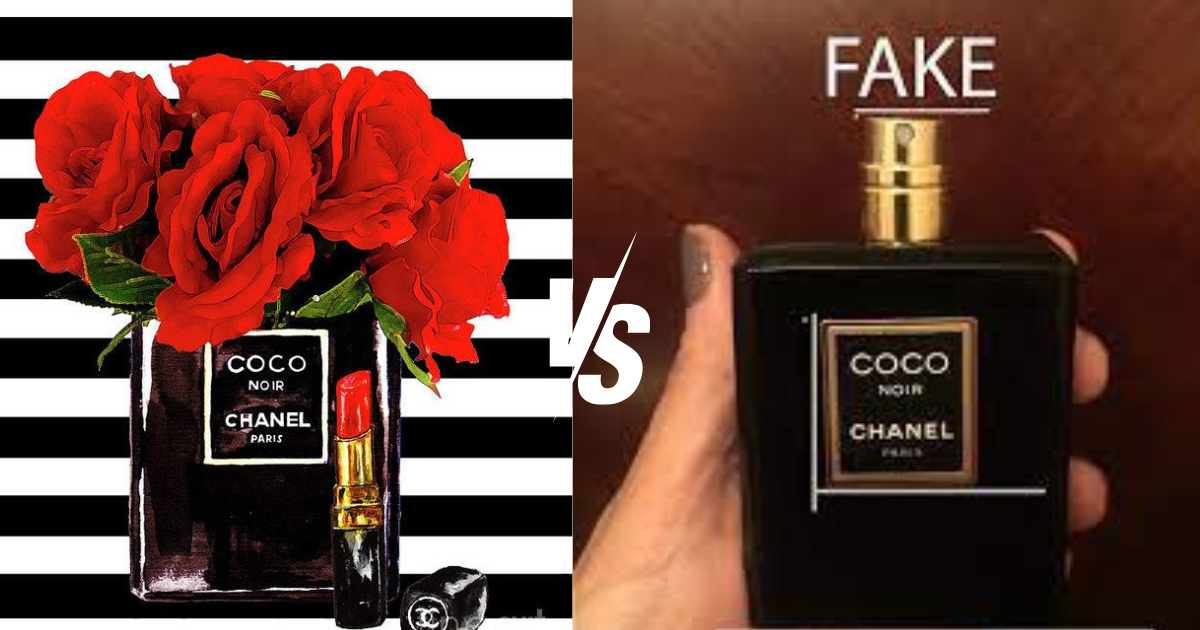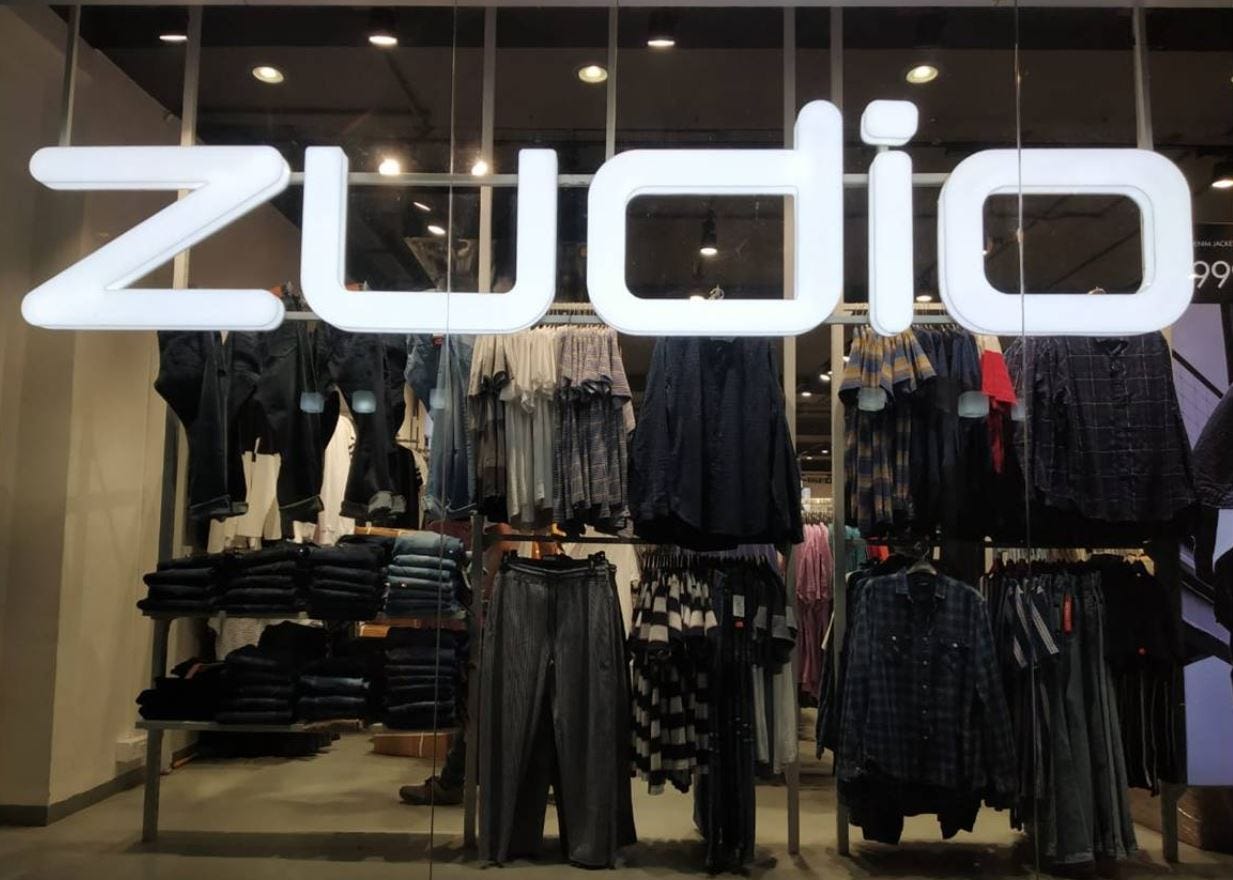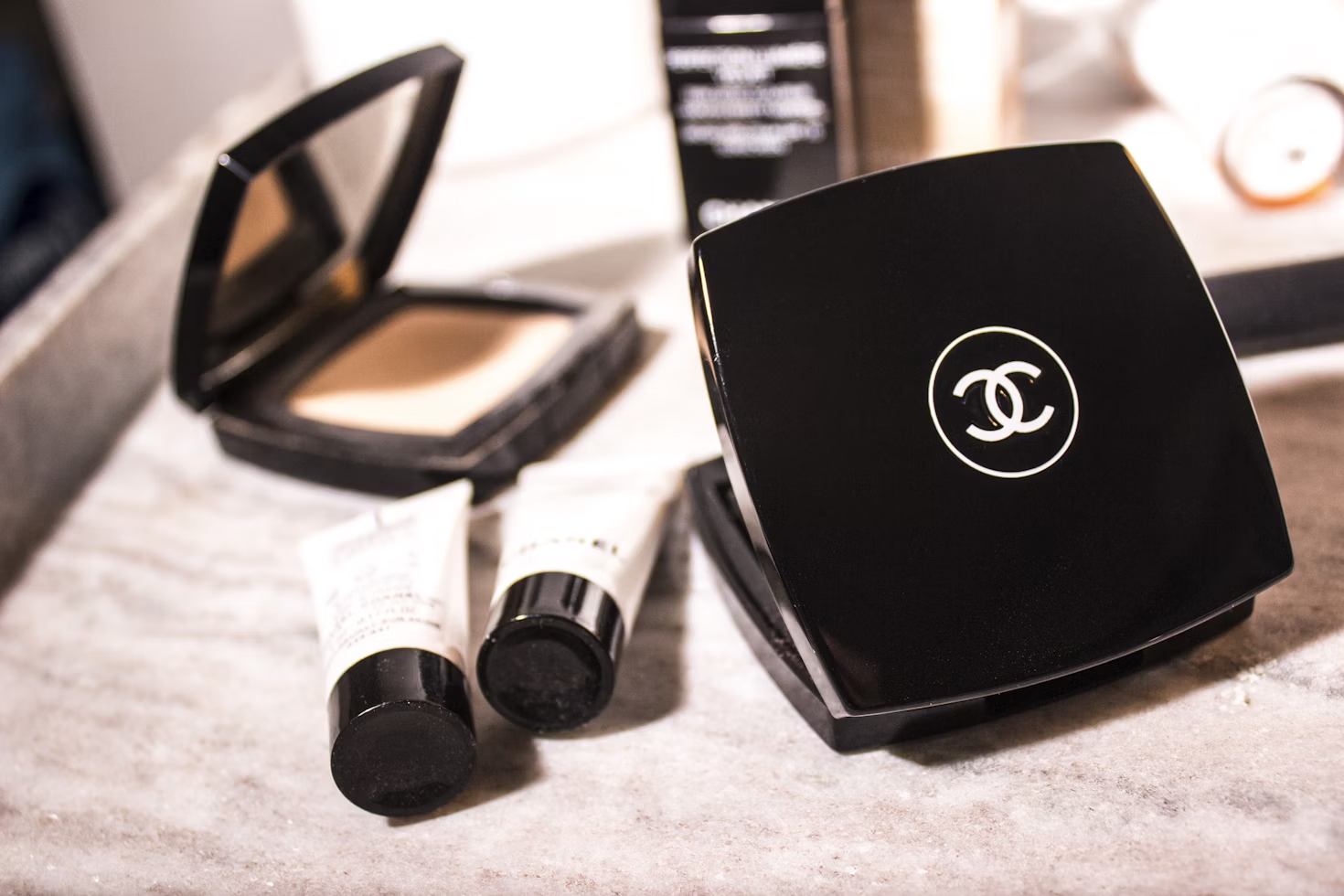Normally, slapping another company’s trademark on your product is a no-go. But there are loopholes! One such loophole involves parody. A recent court case involving Louis Vuitton (LV) and My Other Bag (MOB) illustrates this perfectly. In this case, the court ruled that using a trademark for parody can be okay, even without permission. Louis Vuitton also claims that MOB completely ignored the several requests to cease production and marketing of their bags that infringed on Louis Vuitton’s designs.
My Other Bag sells everyday canvas tote bags with drawings of various luxury brand handbags on one side and “My other bag” in large print on the other side. Louis Vuitton took offense at My Other Bag’s products that imitate a number of Louis Vuitton bag styles and commenced a lawsuit claiming, among other things, trademark infringement and dilution. The district court granted My Other Bag summary judgment on all of Louis Vuitton’s claims, holding that My Other Bag’s products are parodies and, as such, are not actionable sources of trademark infringement or dilution. In response, Louis Vuitton appealed the decision to the Second Circuit Court of Appeals.
The case took an interesting turn with an amicus brief (friend of the court) filed by law professors. Referencing the famous artwork “The Treachery of Images” which declares “This is not a pipe,” the professors argued that MOB’s bags function similarly. The inscription “My Other Bag” and the cartoonish design, unlike a photorealistic image or a direct copy of the LV pattern, create clear inconsistencies that any observant consumer would recognize as a joke, not a genuine Louis Vuitton product.
My Other Bag (MOB) won the initial court battle against Louis Vuitton (LV) for trademark infringement on their tote bags. LV appealed, but the higher court upheld the decision. Here’s why:
- Clearly a Parody: The court saw MOB’s use of the LV design as an obvious parody, not a straight-up copy. The cartoonish drawing and replacing LV’s logo with “MOB” made it clear MOB wasn’t trying to trick anyone.
- Different Markets: The judges considered the target audiences. LV’s expensive bags cater to luxury shoppers,while MOB sells affordable totes. This difference lessens the chance of consumers getting confused about the source.
- No Confusion Proof: Finally, LV couldn’t show enough evidence that people were mistaking MOB’s bags for genuine Louis Vuitton.
Even though Louis Vuitton argued their brand image was being weakened (dilution) by My Other Bag’s parody totes, the court still sided with MOB. Here’s the breakdown:
- Double Message is Key: A parody has to walk a tightrope – it needs to resemble the original but also clearly be a joke. The court found MOB’s totes achieved this. They mimicked LV’s design, yet the cartoon style, “My Other Bag” slogan, and overall casual feel made it obvious they weren’t trying to pass as real LV.
- Gentleness Doesn’t Disqualify: The parody didn’t need to be mean-spirited. The court even saw it as a possible compliment to LV’s brand recognition.
- Focus on Parody, Not Sales: Importantly, MOB wasn’t using the LV design just to sell their bags by tricking people. The parody of LV’s luxury image was the main purpose.
This ruling highlights that using a trademark for parody can be protected, even if it weakens the original brand slightly.
Protecting trademarks is crucial for brands to prevent damage from misuse like infringement, dilution, or unfair competition. However, going after every single potential case can be a waste of resources. Ignoring infringements entirely can weaken a brand’s trademarks over time.
The key lies in a balanced approach. When a potential infringement arises, brand owners should investigate. This includes considering the type of use, likelihood of confusion, and potential defenses like parody. Lawsuits are expensive, so prioritizing legal action based on these factors is wise.
This measured approach can help brands avoid losses like Louis Vuitton’s. It also helps them steer clear of the “Streisand Effect” – where legal action backfires and actually promotes the infringing product (My Other Bag in this case). This could even inspire copycats to make more parodies of the brand’s luxury image.
Author: Ayesha Imam, University of Delhi



